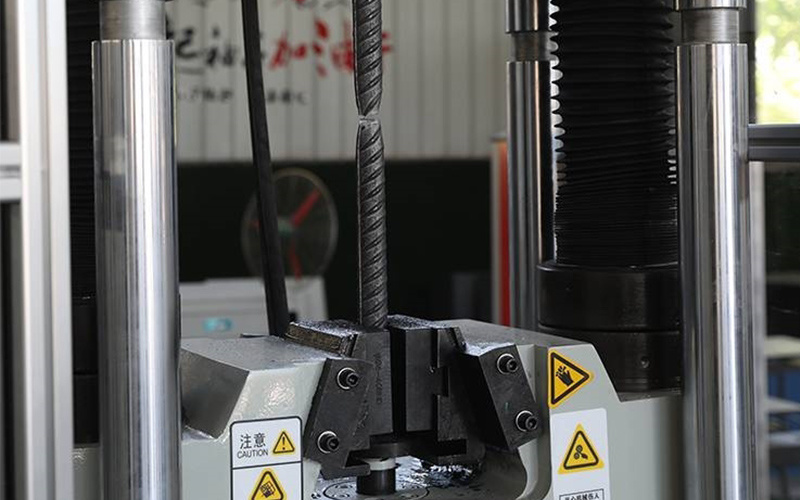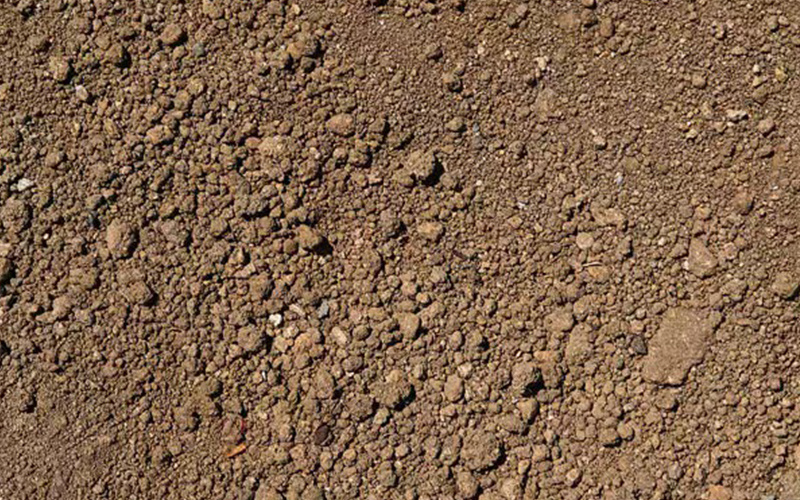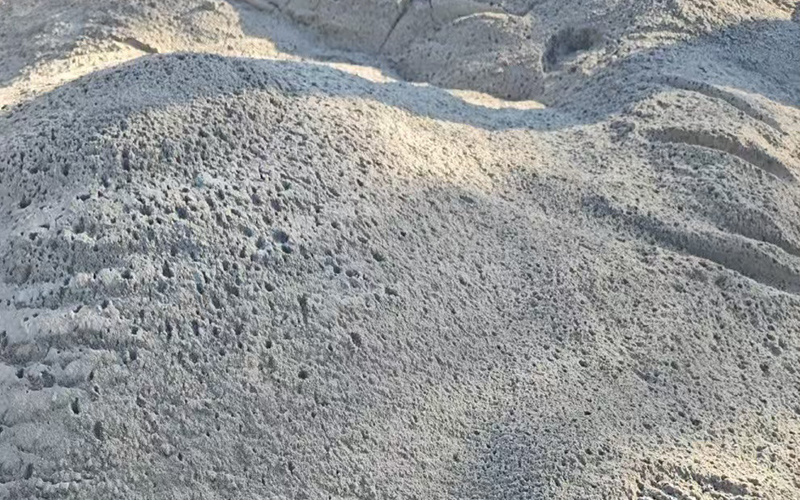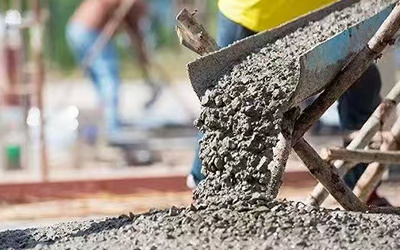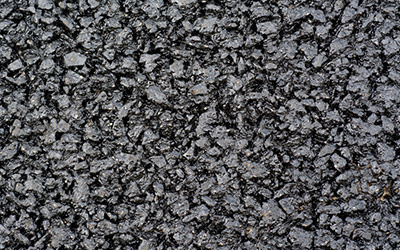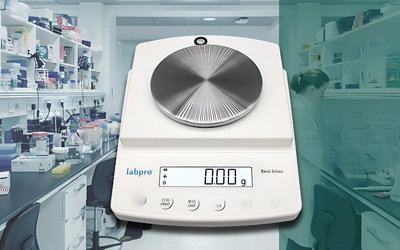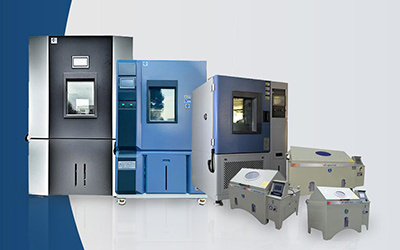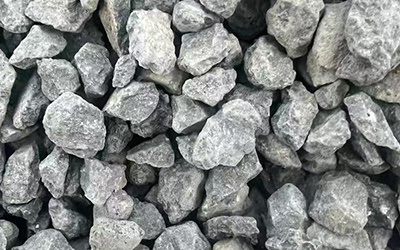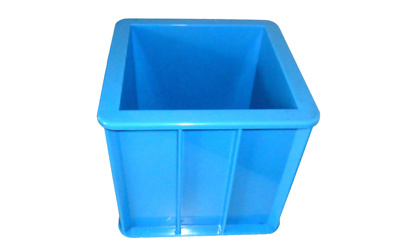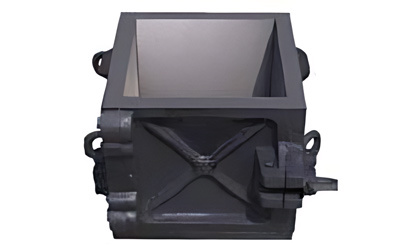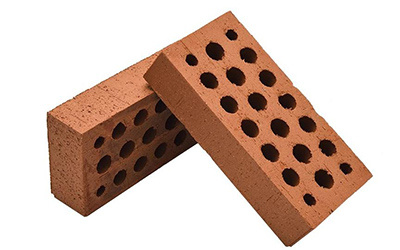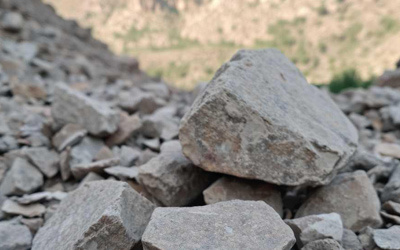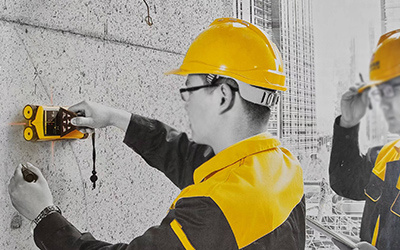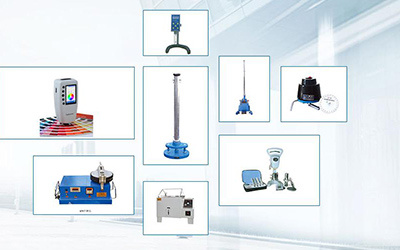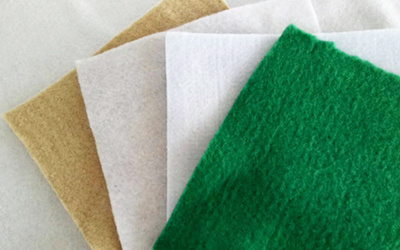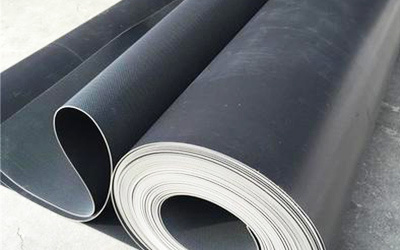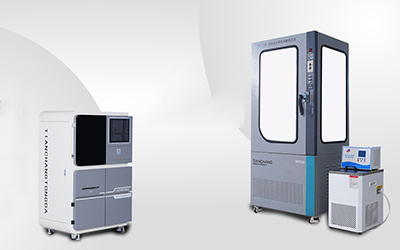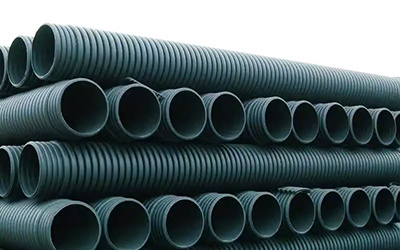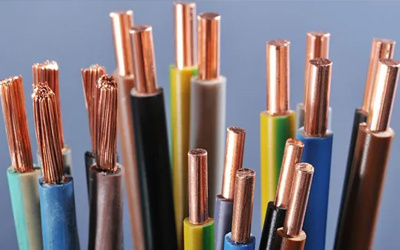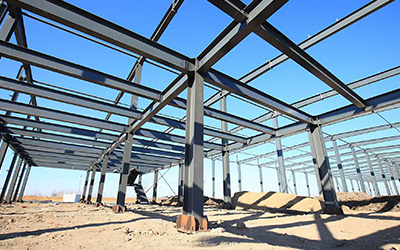Xian County, Cangzhou City, Hebei Province
Unlocking the Secrets Beneath: The Essential Guide to Soil Testing Equipment
2025-10-24

Introduction: Digging Deep
Ever wondered what goes on beneath your feet? Well, it's not just dirt! The ground is teeming with life and nutrients crucial for any gardener or farmer. And that's where soil testing equipment comes into play. It's the key to understanding your soil's health and making informed decisions. So, let's dig into the world of soil testing!
Why Soil Testing Matters
Soil testing isn't just a fad; it's a necessity! Think of it as a health check-up for your land. By analyzing the soil, you can uncover a treasure trove of information, from nutrient levels to pH balance. This data helps you determine what crops will thrive, how to amend the soil, and ultimately, boosts your yield. Who wouldn't want that?
Getting to Know Your Soil
Before you rush to buy soil testing equipment, it's essential to understand what you're dealing with. Different soils have different needs. For example, sandy soils drain quickly, while clay soils retain moisture. Knowing your soil type can help you select the right testing kit.
Types of Soil Testing Equipment
Now, let's talk tools. There's an array of soil testing equipment out there, and each serves a unique purpose. Here are some popular choices:
- pH Meters: These nifty devices measure the acidity or alkalinity of the soil. A pH between 6.0 and 7.5 is generally ideal for most crops.
- Nutrient Test Kits: Want to know if your soil is lacking in nitrogen, phosphorus, or potassium? These kits have you covered!
- Soil Moisture Sensors: Perfect for the forgetful gardener, these gadgets let you know when it's time to water.
- Conductivity Meters: These help assess the salinity of your soil, which can be a game-changer for crop selection.
How to Choose the Right Equipment
Selecting the right soil testing equipment can feel overwhelming. But fear not! Here are a few tips:
- Identify Your Goals: Are you testing for crops, landscaping, or environmental monitoring?
- Consider Your Budget: There's a range of prices, so decide what you're willing to invest.
- Read Reviews: Check out user feedback to find reliable equipment that gets the job done.
Using Soil Testing Equipment Effectively
Once you've got your hands on the right tools, it's time to get to work! Here's a quick rundown on how to use them:
- Collect Soil Samples: Use a clean spade to gather samples from various spots in your garden or field.
- Follow Instructions: Each piece of soil testing equipment comes with its own set of guidelines. Make sure to read them!
- Analyze Results: After testing, compare your findings to recommended levels for your specific plants.
Interpreting Your Soil Test Results
So, you've done the hard work, and now you've got your results. What do they mean? Understanding soil test results can be a bit of a head-scratcher at first. But here's the scoop:
- Nutrient Levels: If your nitrogen is low, you might need to add compost or fertilizers.
- pH Values: If your soil is too acidic, lime can help balance it out.
- Moisture Content: Adjust your watering schedule based on the data!
Conclusion: The Path to Healthier Soil
So there you have it! With the right soil testing equipment and a bit of elbow grease, you can transform your garden or field into a flourishing paradise. Remember, the health of your soil directly impacts your crops, so don't skip this essential step. Happy gardening!
Key words:
Contact Us
Telephone:
WeChat:
WhatsApp:
Address:
Hejie Town, Xian County, Cangzhou City, Hebei Province


